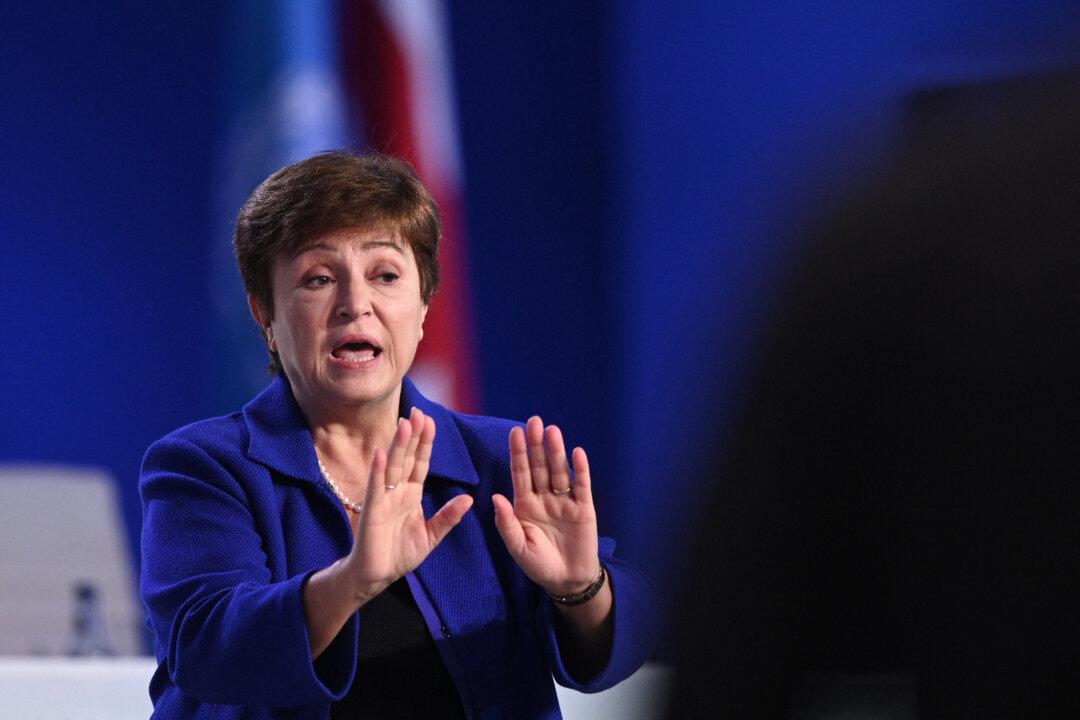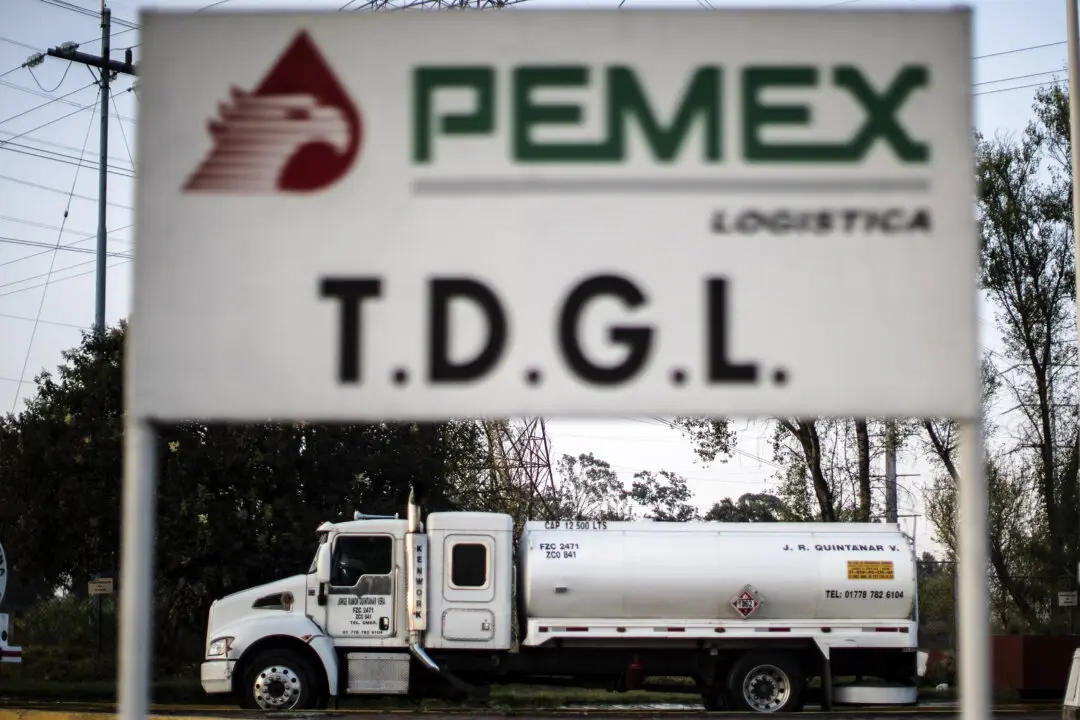Global debt is at such a high level that a worldwide cooperative approach is needed to tackle the danger, according to Vitor Gaspar, director of the International Monetary Fund’s (IMF) fiscal affairs department, and Ceyla Pazarbasioglu, the organization’s strategy chief.
Data from the IMF’s Global Debt Database shows that borrowing rose by 28 percentage points to 256 percent of gross domestic product (GDP) in 2020, Gaspar and Pazarbasioglu wrote in an IMF blog post on April 11. Roughly half the debt was accounted for by governments, with households and nonfinancial corporations making up the rest.





